Couch Grass vs. Kikuyu: Effectively Managing Growth in Sydney
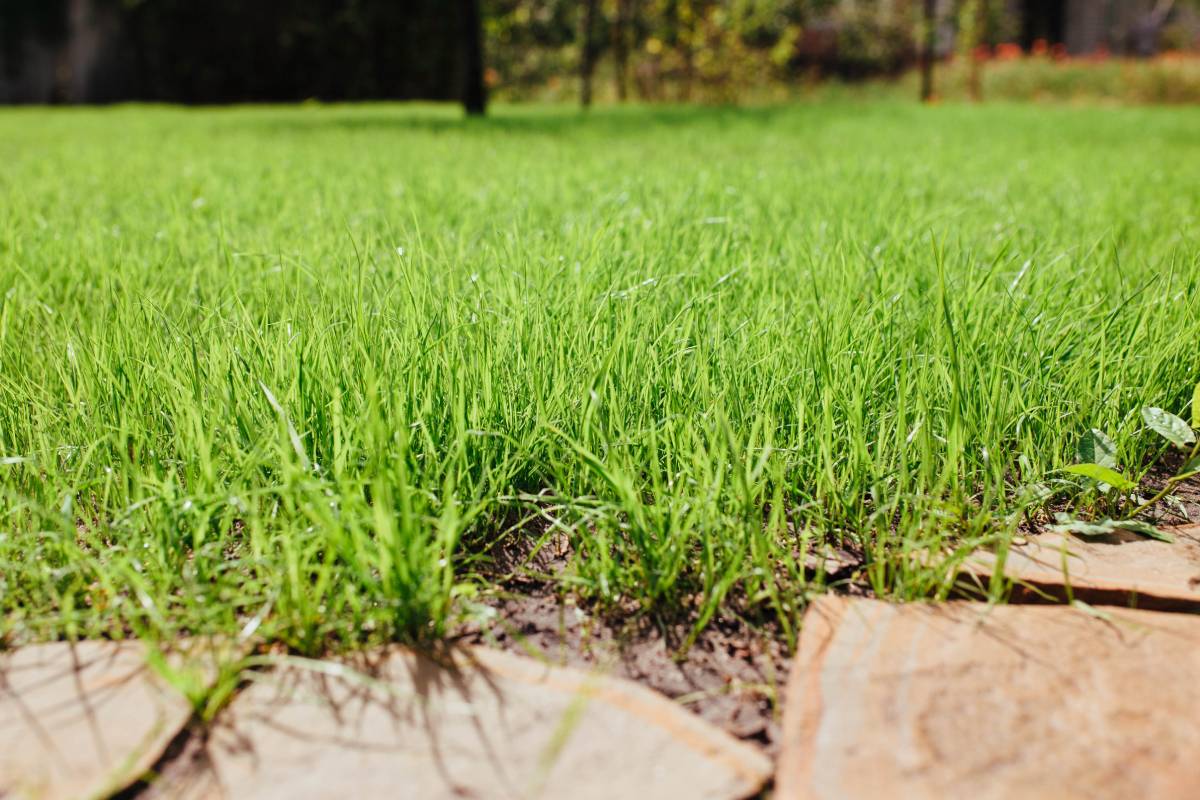
When it comes to maintaining a healthy, green lawn in Australia’s varied climate, choosing the right grass and managing its growth is crucial. Two of the most commonly used warm-season grasses are Couch grass and Kikuyu, both known for their durability and wide use in residential and public spaces.
However, many lawn owners wonder whether these grasses are interchangeable, if one can overtake the other, and how to deal with invasive seasonal weeds like winter grass.
Making informed decisions about grass types and lawn care not only improves appearance but also saves time, effort, and money in the long run. In this article, we’ll explore the key differences between couch and Kikuyu, whether Kikuyu can dominate a couch lawn, and how to effectively control winter grass in Kikuyu turf.
1. Is Couch Grass the Same as Kikuyu?
No, couch grass and Kikuyu are not the same. While both are warm-season grasses commonly used for lawns, sports fields, and parks in Australia, they differ in several important ways, including growth habits, maintenance needs, and environmental adaptability.
2. Will Kikuyu Take Over Couch?
Yes, Kikuyu can take over couch grass if not properly managed. Due to its aggressive growth habit, Kikuyu can outcompete other grass types, including couch, especially in nutrient-rich soils and full sun environments.
Why Kikuyu Outcompetes Couch:
- Faster Growth Rate: Kikuyu spreads rapidly through underground rhizomes and above-ground stolons.
- Higher Aggression: Kikuyu aggressively seeks out open soil space and can invade neighboring turf areas.
- Deeper Root System: Kikuyu has a more robust root network that enables better nutrient and water absorption.
Situations Where Kikuyu May Invade Couch:
- Mowing and Edging Neglect: If couch areas are not regularly maintained, Kikuyu from adjacent sections can quickly encroach.
- Uneven Fertilisation: Kikuyu responds vigorously to nitrogen, so over-fertilizing can give it the upper hand.
- Open Patches: Any bare or damaged spots in couch lawns are prime targets for Kikuyu runners.
- Shared Irrigation: In shared irrigation zones (like mixed lawns or border properties), Kikuyu can exploit the same watering source and overtake couch.
Prevention Tips:
- Regular mowing to prevent Kikuyu from seeding.
- Installing physical barriers like garden edging.
- Targeted herbicide treatments (using selective herbicides where allowed).
- Promptly reseeding or patching couch grass areas to prevent Kikuyu encroachment.
In some cases, if Kikuyu has already spread extensively, it may be more practical to transition entirely to Kikuyu, especially in high-traffic or sun-exposed areas where Kikuyu thrives.
Growing a Healthy Lawn
Creating a lush, thriving, and healthy lawn involves more than just choosing the right grass type; it requires consistent care and attention, including proper soil preparation by aerating and adding organic matter for deep root growth, regular mowing to encourage new growth while avoiding cutting too short, balanced fertilisation with slow-release fertiliser for strong roots, deep, infrequent watering to maintain moisture down to the root zone, and vigilant weed and pest control to prevent issues from escalating.
3. How Do You Control Winter Grass in Kikuyu?
Winter grass, or Poa annua, is a common cool-season weed that becomes active in the colder months. In warm-season lawns like Kikuyu, it can be a persistent nuisance. Unlike Kikuyu, which slows down in winter, winter grass thrives during the cooler temperatures, filling in gaps and competing for nutrients.
Identifying Winter Grass:
- Light green color
- Soft, fine leaves
- Produces white seed heads quickly
- Grows in clumps, often in shady or moist areas
Control Methods for Winter Grass in Kikuyu Lawns:
1. Pre-emergent Herbicides (Best Prevention)
- Apply pre-emergent herbicides in late summer to early autumn (March–April in Australia).
- These herbicides prevent winter grass seeds from germinating.
- Products with propyzamide or oxadiazon are effective and safe for Kikuyu.
Tip: Water in the herbicide immediately after application for best results.
2. Post-emergent Herbicides (If Weeds Are Already Visible)
- Use selective post-emergent herbicides like those containing Endothal or simazine, which target Poa annua without harming Kikuyu.
- Apply during the early stages of weed growth, ideally before seed heads appear.
Note: Always follow the label directions and check compatibility with Kikuyu, as not all post-emergents are safe for all grass types.
3. Manual Removal (for Small Infestations)
- Hand-pulling or using a weeding tool is effective for isolated patches.
- Ensure the entire root system is removed to prevent regrowth.
4. Lawn Care Practices to Reduce Winter Grass
- Mow regularly: Prevents winter grass from going to seed.
- Fertilise appropriately: Use a slow-release fertiliser in spring to strengthen Kikuyu.
- Improve drainage: Winter grass thrives in moist soils; aerate your lawn if it’s compacted.
- Increase mowing height in winter: This helps shade the soil and reduces winter grass germination.
Professional Lawn Care Services
If you’re finding it difficult to manage competing grasses or seasonal weeds like winter grass, professional lawn care services can help take the guesswork out of the process.
Lawn specialists can assess your grass type, soil health, and environmental factors to deliver a tailored care plan that keeps your lawn in peak condition year-round.
They also have access to commercial-grade products and techniques that are often more effective than over-the-counter solutions. With regular monitoring and expert guidance, you can enjoy a healthier, greener lawn with less effort and stress.
For reliable turf advice and premium-quality grass varieties, A View Turf in Sydney offers expert support and a wide selection of turf suited to local conditions ideal for homeowners, landscapers, and developers alike.
Final Thoughts
Couch grass and Kikuyu are distinct turf types, each with advantages and challenges. Kikuyu’s aggressive nature means it can easily overtake couch if not carefully managed.
Meanwhile, seasonal invaders like winter grass require proactive control especially in Kikuyu lawns, where weed pressure can spike as the grass slows down during winter.
Without timely intervention, winter grass can quickly spread, weakening the lawn’s overall health and appearance.
Understanding how these grasses behave throughout the year is key to maintaining a balanced and weed-resistant lawn.
Recent Posts
Recent Comments
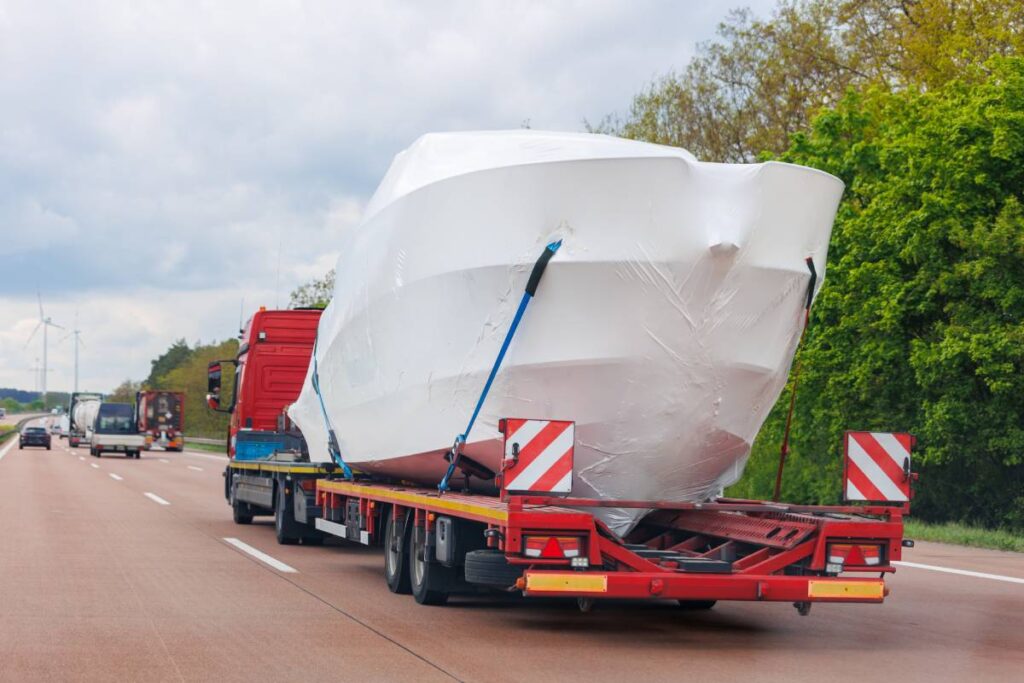
Can You Transport Your Yacht Interstate Yourself?
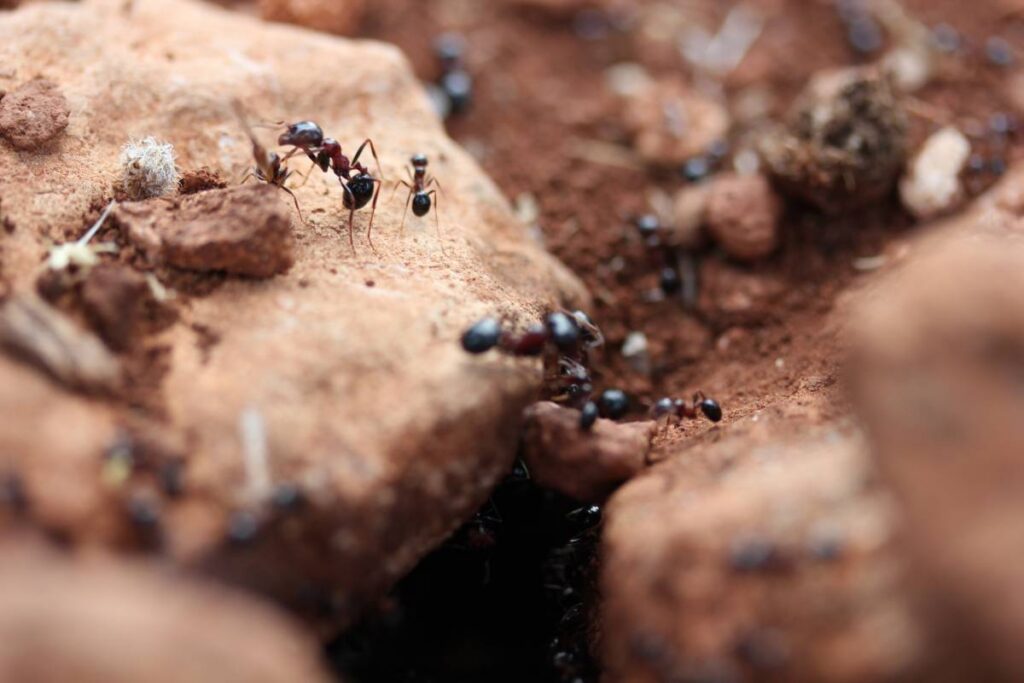
How to Get Rid of Ants in Your Lawn: A Complete Guide
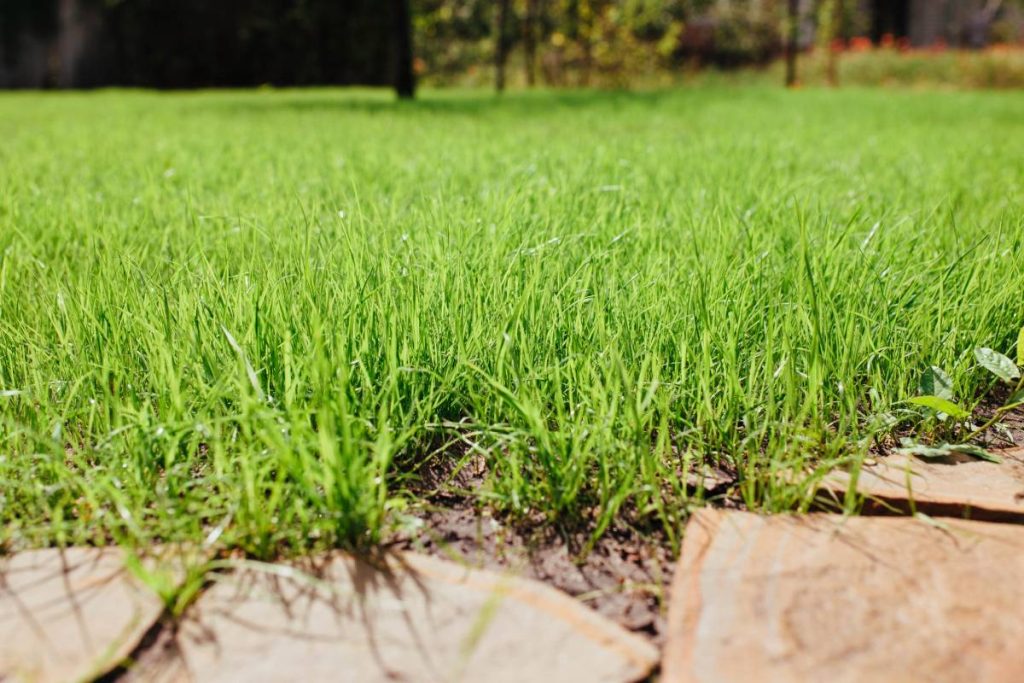
Couch Grass vs. Kikuyu: Effectively Managing Growth in Sydney

What Do Gardeners Do? How to Earn a Decent Income as a Gardener
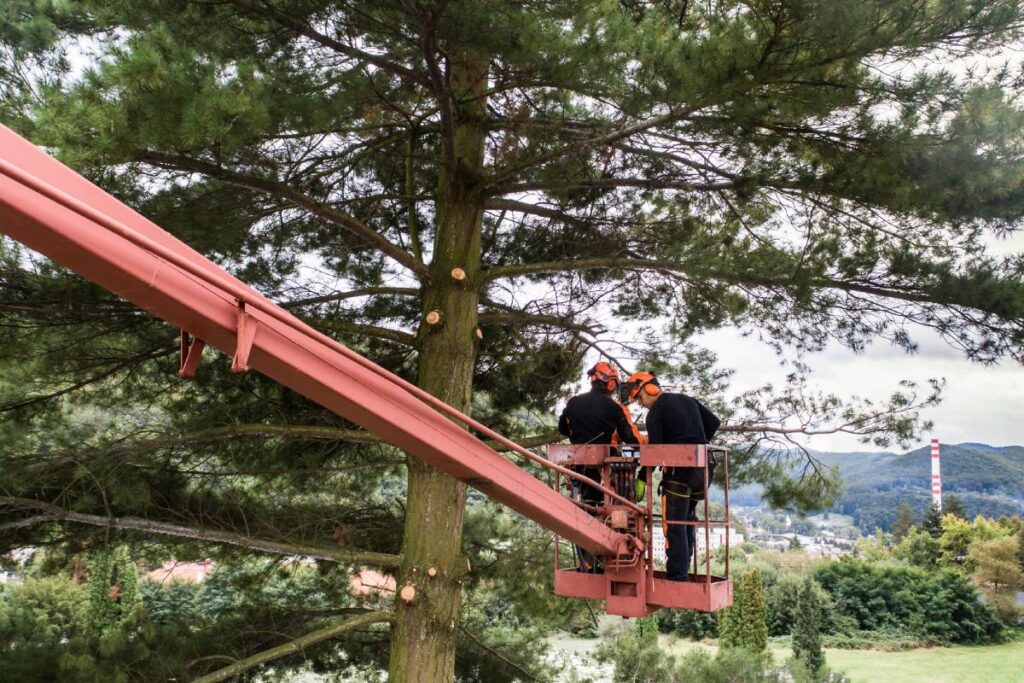
What Are Tree Reductions? What Are the Benefits of Tree Reduction?

Can You Transport Your Yacht Interstate Yourself?

How to Get Rid of Ants in Your Lawn: A Complete Guide


